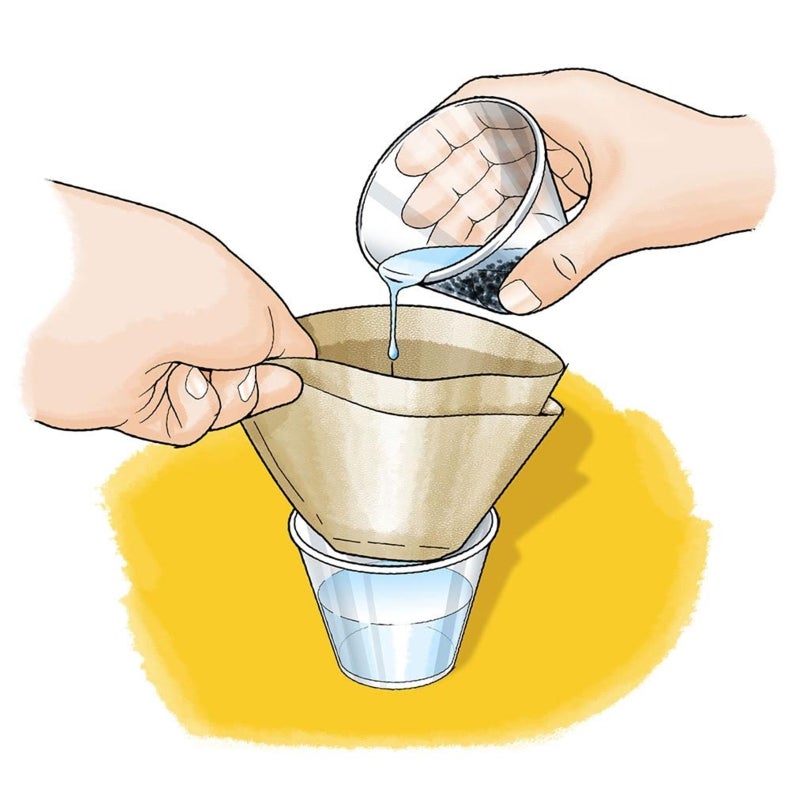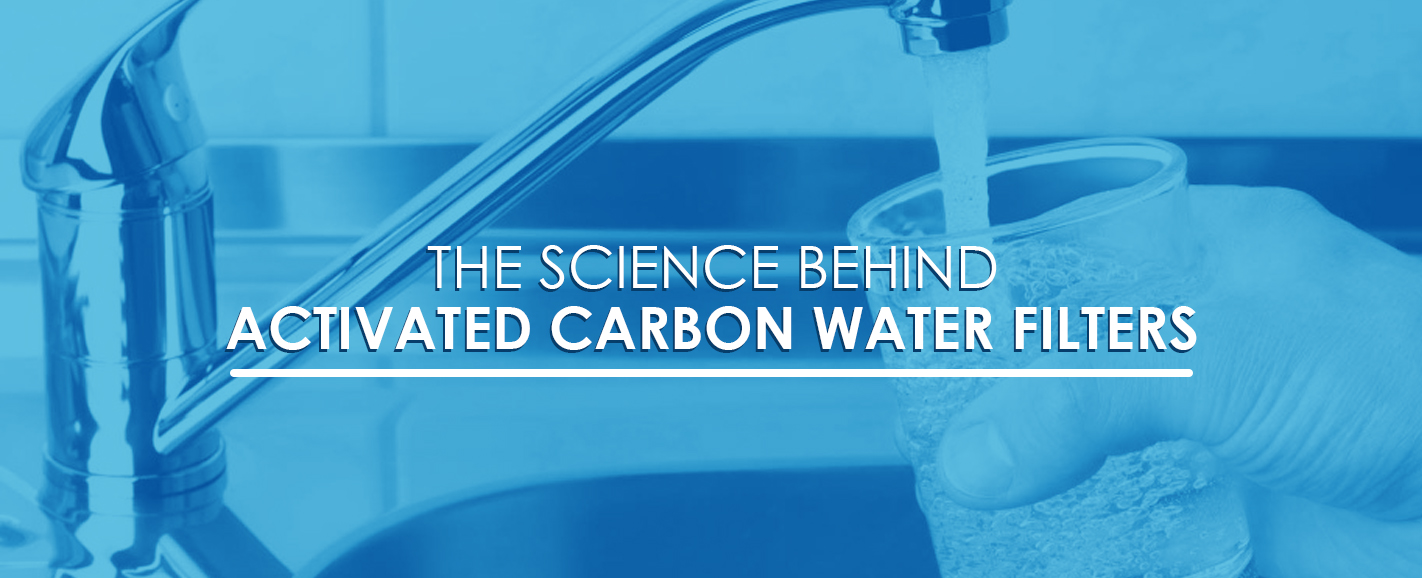13+ How Does Activated Charcoal Remove Coloured Impurities From A Solution ideas
How does activated charcoal remove coloured impurities from a solution. Activated charcoal has a great deal of surface area upon which. The charcoal which has adsorbed the colored impurities is left behind in the filter. This is how the activated charcoal is able to remove the food coloring from the water. To get activated charcoal you have to pass charcoal through a purification process with a number of chemicals. Decolorize your solution by using your microspatula to add a small amount of decolorizing carbon activated charcoal to the warm NOTBOILING sample solution. These tiny holes give the charcoal a surface area of 300-2000 m 2 g allowing liquids or gases to pass through the charcoal and interact with the exposed carbon. The solid is dissolved in a solvent activated charcoal is added the solution is filtered as before and the solvent is evaporated to produce the solid compound. The quantity used should be limited as charcoal adsorbs all compounds to some extent and. US2744938A US300761A US30076152A US2744938A US 2744938 A US2744938 A US 2744938A US 300761 A US300761 A US 300761A US 30076152 A US30076152 A US 30076152A US 2744938 A US2744938 A US 2744938A Authority US United States Prior art keywords solution adsorbent hydrogen charcoal activated Prior art date 1952-07-24 Legal status The legal status is an assumption and is. Activated charcoal has a high affinity for conjugated compounds whose flat structures wedge themselves well between the graphene sheets. How does activated charcoal remove Coloured impurities from a solution. Theres a crucial difference.
Colored impurities can be removed in a similar way but with an additional step. Charcoal is added once you have a hot saturated solution of the desired product and once added needs to be removed along with the adsorbed colored impurities. This means that an activated charcoal filter will remove certain impurities while ignoring others. The carbon adsorbs a wide range of impurities and contaminants including chlorine odors and pigments. How does activated charcoal remove coloured impurities from a solution Activated charcoal is carbon that has been treated with oxygenThe treatment results in highly porous charcoal. Instead they consist of small black beads or a solid black porous sponge that has undergone some additional processing to make it better at selectively trapping impurities. Norit activated carbon is added during a recrystallization to bind high molecular weight colored impurites. This property of activated charcoal is what makes it a. Note the color of the jars when the carbon was added 4 hours later 24 hours later and each day for 3 days. We do not believe charcoal activated charcoal CURES any disease common to man or animals. The huge surface area of activated charcoal gives it countless bonding sites. The small particles of decolorizing carbon provide a large surface area to which large colored molecules may become. Activated charcoal is sometimes used to remove small amounts of colored impurities from solution.
 Capable Carbon Filters Scientific American
Capable Carbon Filters Scientific American
How does activated charcoal remove coloured impurities from a solution The process of activation not only expels impurities but also leaves behind a finished product of fine black porous particles that is extremely voluminous making it.

How does activated charcoal remove coloured impurities from a solution. Firstly charcoal doesnt absorb but adsorb impurities. -- so they pass right through. Activated charcoal is good at trapping other carbon-based impurities organic chemicals as well as things like chlorine.
When certain chemicals pass next to the carbon surface they attach to the surface and are trapped. The food coloring molecules bind with the charcoal and come out of the water solution. Activated charcoal is sometimes used to remove small amounts of colored impurities from solution.
Charcoal is a natural remedy that does neutralize adsorb andor remove thousands of different biological or man-made poisons from the body allowing the body to better heal itself the way the Creator designed it to. Interestingly activated carbon filters aka activated charcoal filters arent like traditional water filters. Activated charcoal has a high affinity for conjugated compounds whose flat structures wedge themselves well between the graphene sheets.
Many other chemicals are not attracted to carbon at all -- sodium nitrates etc. While absorption is the process in which substances dissolve or are vacuumed in an absorbents volume adsorption is the process in which substances merely adhere to. Impurities can be absorbed onto the surface of activated charcoal by boiling the solution with charcoal how does activated charcoal remove color from solutions activated charcoal is made by the pyrolysis of carbonaceous material such as coconut shells wood and lignite and activated.
Decolorizing carbon also called activated charcoal is finely divided carbon often used to decolorize a solution.
How does activated charcoal remove coloured impurities from a solution Decolorizing carbon also called activated charcoal is finely divided carbon often used to decolorize a solution.
How does activated charcoal remove coloured impurities from a solution. Impurities can be absorbed onto the surface of activated charcoal by boiling the solution with charcoal how does activated charcoal remove color from solutions activated charcoal is made by the pyrolysis of carbonaceous material such as coconut shells wood and lignite and activated. While absorption is the process in which substances dissolve or are vacuumed in an absorbents volume adsorption is the process in which substances merely adhere to. Many other chemicals are not attracted to carbon at all -- sodium nitrates etc. Activated charcoal has a high affinity for conjugated compounds whose flat structures wedge themselves well between the graphene sheets. Interestingly activated carbon filters aka activated charcoal filters arent like traditional water filters. Charcoal is a natural remedy that does neutralize adsorb andor remove thousands of different biological or man-made poisons from the body allowing the body to better heal itself the way the Creator designed it to. Activated charcoal is sometimes used to remove small amounts of colored impurities from solution. The food coloring molecules bind with the charcoal and come out of the water solution. When certain chemicals pass next to the carbon surface they attach to the surface and are trapped. Activated charcoal is good at trapping other carbon-based impurities organic chemicals as well as things like chlorine. -- so they pass right through.
Firstly charcoal doesnt absorb but adsorb impurities. How does activated charcoal remove coloured impurities from a solution
The Recrystallization Of Benzoic Acid